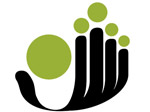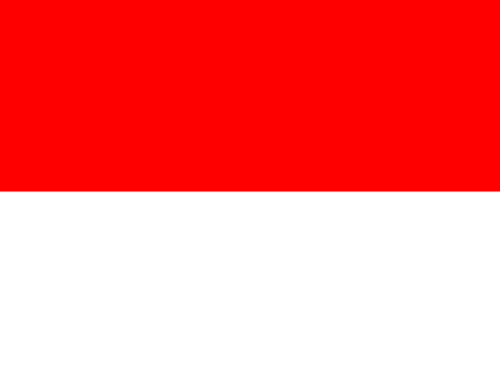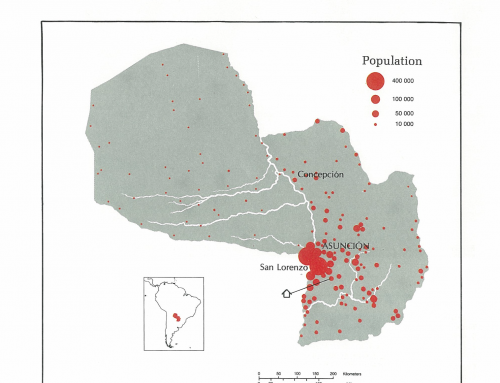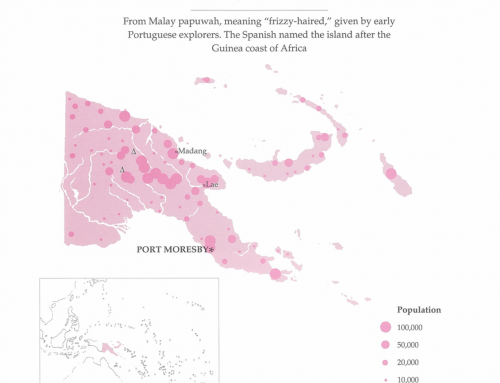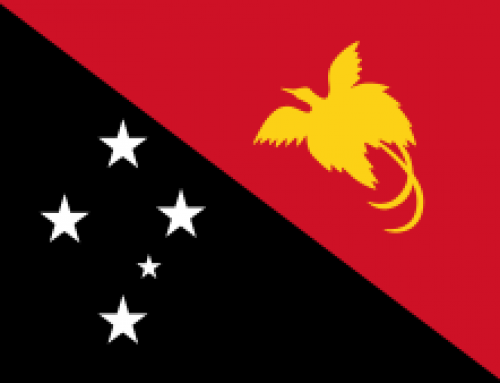CAPITALE: Jakarta, pop. 10,900,000 (1991
LANGUAGE: Bahasa Indonesia (official and Zingua franca)
250 languages and dialects (spoken and written)
Main local languages: Acehnese, Batak, Javanese (spoken by 40% to 50% of the population), Sudanese (15%),
Madurese, Sasak, Tetun, and Timor Most Indonesians are bilingual.)
POPULATION:
Total: 174,951,000 (1988)
Annual growth: 2.2% (3,662,208) 1985
Doubling time: 40 yrs.
Urban: 25% (1985) (est. for year 2000: 36%)
Rural: 75%
AGE GROUPS: (1990)
12% under 5 yrs.
36% under 15
47% under 20
32% from 20 to 39
15% from 40 to 59
6% 60 yrs. and over
ETHNIC GROUPS
An estimated 300 ethnic groups, mostly of Malay descent. Due to the similar ancestry, the government has reclassified the population on the basis of their linguistic identities into four ethnic groups: the Melanesians, the Pro-Austronesians, the Polynesians and the Micronesians.
FAMILY
Persons per household: 4.5 (1990)
Marital status, for females 15 yrs.+ (1980)
Single: 18%
Married: 65%
Widowed: 12%
Divorced: 5%
Female head of household: 14.2% (1980)
Fertility rate: 3.2 (1991)
Teenage births: no data
Births out of wedlock: no data
Contraception: 48% (1980-92)
HOUSING
Access to safe water: 58% (urban: 72%; rural: 51%)(1988-90)
Source of water: (1989)
Well: 55%
Piped: 13%
Spring: 13%
Pump:9%
Toilet facilities (1984)
Sanitation facilities: 30% (urban: 30%; rural: 30%)
Construction materials: Most housing is of durable materials.
Television: 60/1,000 pop. (1990)
Radio: 147/1,000 pop. (1990)
Electricity: 70% without (urban: 27%; rural: 84%) (1985)
SOCIAL INDICATORS
Life expectancy: 61 yrs. (male: 60; female: 63) (1990)
Infant mortality: 61/1,000 live births (1991)
Crude birth rate: 27/1,000 pop. (1991)
Crude death rate: 9/1,000 pop. (1991)
HEALTH:
Access to health services: 80% (1985-88)”
Births attended by trained health personnel: 32% (1983-91)
Maternal mortality rate: 450/100,000 live births (1980-90)
Population per physician: 9,410 (1984-89)
Children (under 1 year) immunised against DPT: 83% (1990-91)
EDUCATION
Literacy: 77% (male: 84%; female: 62%) (1990)
Gross enrollment ratio: (1987)
First level: 117% (1985-88: 79%)
Second: 48%
Third: 8.4%
Educational attainment for pop 10+ (1984) None: 24%
First level: entered: 38%; completed: 26%
Second: 12%
Third: 0.5%
ECONOMIC ACTIVITY
Economically active population: 43% (1989-91)
Agriculture: 48% act. pop.; 20% of GDP
Mines: 5% act. pop.; 14% of GDP
Industry: 15% act. pop.; 24% of GDP
Services: 32% act. pop.; 42% of GDP
Per capita GNP: US$570 (1990)
Military expenditure as a percentage of GDP: 1.6% (1990)
Population in absolute poverty: urban: 20%; rural: 16% (1980-89)
National currency: rupiah
Principal resources: Rice, tin
COMMUNICATION
Radio:
Transmitters: ll5 (1979)
Receivers: 340,000-43/1,000 pop. (1983)
Television:
Transmitters: no data
Receivers: 203,000- 26/1,000 pop. (1983)
